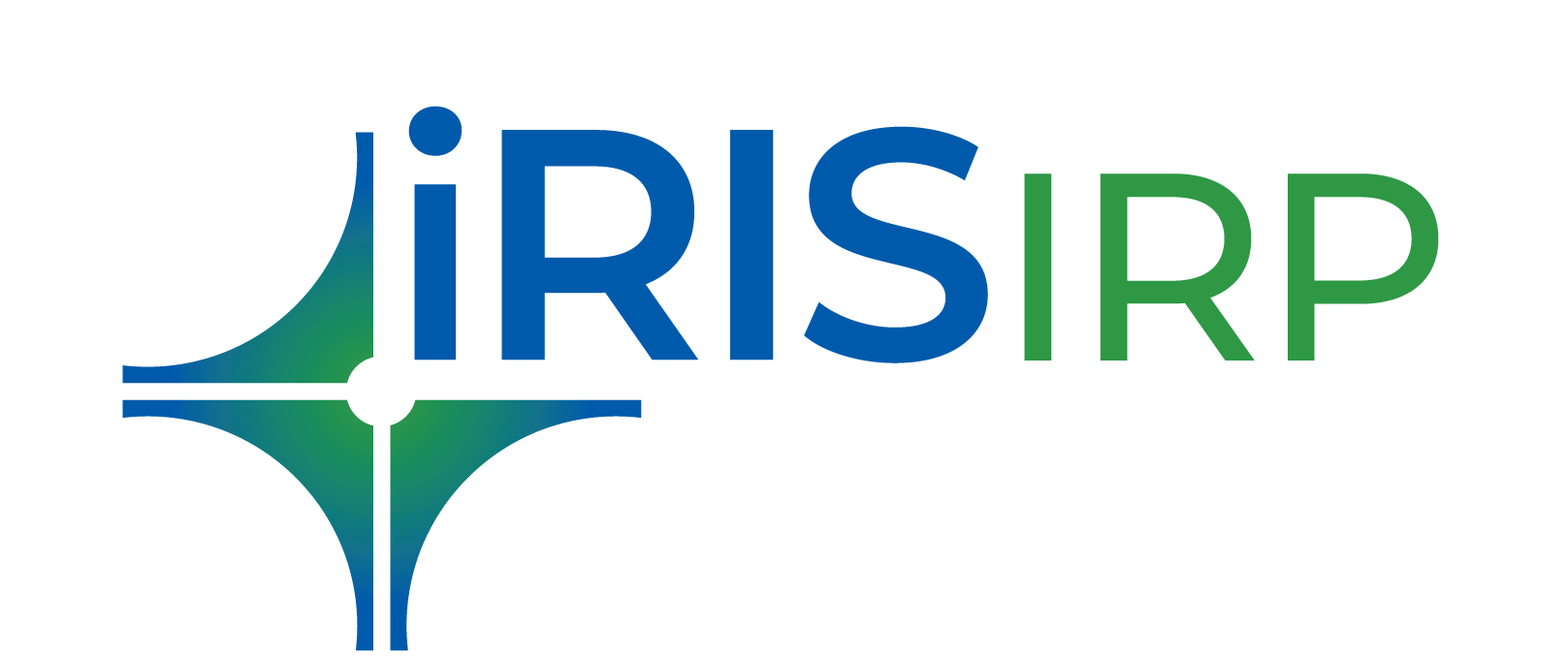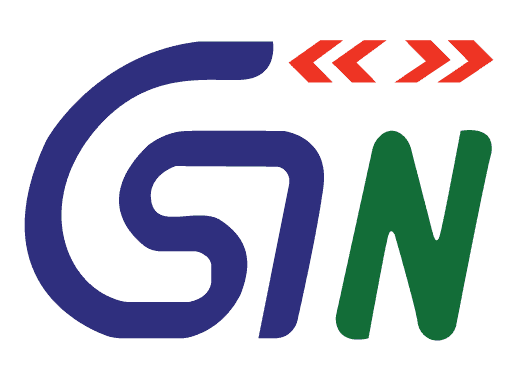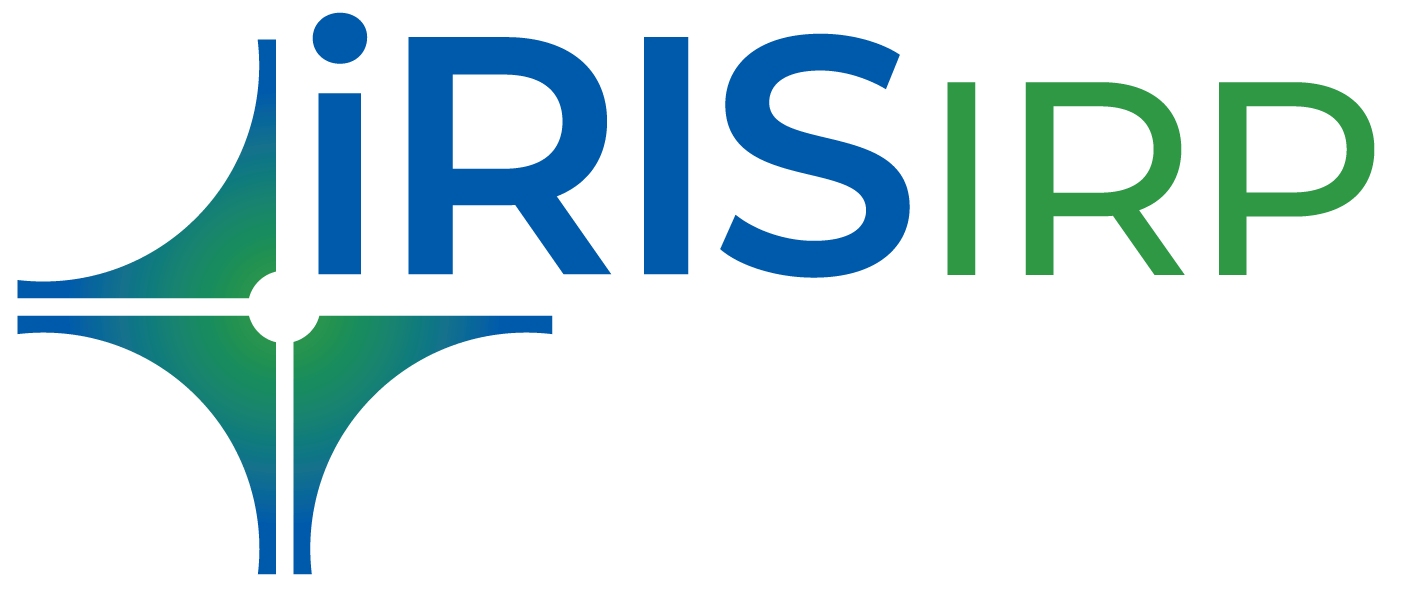E-invoice implementation requires integration with external systems i.e. solution providers and Government systems. It also includes educating all stakeholders and departments within the organization. While these could be one-time processes, you need to ensure that there is a system in place to keep everyone updated about the new developments and changes within the organization. Being aware of the challenges at different stages of e-invoicing is required to take the necessary steps to overcome them and find relevant solutions promptly. This will also help in avoiding any upcoming problems beforehand.
Challenges at different stages of e-invoicing implementation
| A) Preparing for IRN | B) Generating IRN | C) Post IRN |
|---|---|---|
|
|
|
A) Preparing for IRN
- Updating ERP –
Companies will have to update and upgrade their systems in order to get them ready for e-invoicing. This can be challenging if there is no separate team for managing the technicalities of the process. Essentially the data points required for generating an IRN are required to be extracted from the systems and hence a review of data points is required in order to ensure these are present in systems. Also, Post IRN generation, the signed QR, IRN and other details can be updated in ERPs itself so that printing of QR on the invoice can be handled from ERP. - Connecting to IRP (Invoice Registration Portal) via APIs and Data Mapping –
IRP is accessible to the taxpayers who come under the threshold via APIs which provide the mechanism of sending and receiving data from the taxpayers. This requires support and guidance at every level from experts in order to get things in order. An authorized GSP like IRIS GST can help taxpayers to manage the entire process smoothly.This was the first stage of – challenges at different stages in e-invoicing
B) Generating IRN
- Handling errors, Exceptions etc. –
E-Invoicing is applicable to B2B – Business to Business (including B2G –Business to Government) transactions. B2B Supplies include domestic supplies as well as Exports (including Deemed Exports), Supplies to SEZ, B2B, Reverse Charge Invoices and Supplies through E-commerce Operators, RCM are covered under E-Invoicing. Thus, the chances of errors and exceptions are high. The process of generating e-invoices is not a smooth ride for many. There have been several roadblocks and hurdles in generating IRN successfully – be it through the portal or via GSPs. Read the validation rules and errors here. - E-way Bill –
Generation of E-way Bill is now inter-twined with E-Invoicing. IRP can be used to generate not only IRN but also E-way bills, for the documents that qualify. Thus, depending on the data sent, the IRP system returns IRN or E-way Bill Number or both. If the taxpayer sends transportation details along with invoice details, IRP communicates with the E-way Bill portal in real-time and generates E-way bill. Read E-invoicing and E-way Bill: Generating E-way Bill using IRP for more details.
Also, if there is some error in transportation details, then it may happen that IRN gets generated and EWB does not get generated. In such cases, there is another mechanism whereby you can send just the IRN (instead of full invoice details) and transport details to generate EWB from the IRP system. - Handling Specific Business Scenarios –
There are certain business-specific scenarios where value validations fail. For example, there is TCS on sales for which no separate data point is available to record the same and hence needs to be adjusted in the other charges field.This was the second stage of – challenges at different stages in e-invoicing
C) Post IRN
- Cancellation–Following table summarizes the manner in which cancellation of EWB and IRN can be done.
| E-way Bill Cancellation | IRN Cancellation |
|---|---|
|
|
Thus, from the above table, it can be seen for cancelling an IRN you have just a 24 hours window. Moreover, there is no editing also available in case of any mistake done while IRN generation and for that also the taxpayer needs to cancel the IRN and generate a new invoice altogether with a new invoice no. Now if you want to cancel the invoice after 24 hours, then you can do it in the GSTN system or you can do it by issuing a credit note. It is always better to issue a credit note and nullify it because if you delete this from the GST system alone, the invoice will still be active in the IRP system.
2. GSTR 1 Reporting –
The government will auto-populate on T+2 basis. However, there are issues that still persist. So, it is necessary to check self-records v/s Government’s populated records. This will also help to determine cancellation issues and if any amendment is needed.
This was the third stage of – challenges at different stages in e-invoicing
Other Challenges in e-invoicing that need to be addressed:
Data extraction as per e-invoice standard –
It is important to note that the schema and validation rules could be different from the way data is currently captured. Such as rounding off, decimal places for quantity, HSN code maintained etc. HSN rules have been changed from 1st April and e-invoice validation rules are also updated.
Enabling GSTINs on e-invoice portal –
For companies that come under the e-invoicing threshold, applicability is at the PAN level and all possibilities that GSTINs within PAN will be enabled. However, if not, then it needs to be enabled for which a form has to be filled on the NIC portal.
Initiating connection with GSP –
If you have done E-way bill via APIs /automated, you will be aware of this process. On the IRP portal, you need to select your solution provider, and define credentials. As seen during implementation, there have been cases where credentials do not get created because only the admin user of IRP portal (and not sub-user) is allowed to define credentials.
Managing activities post e-way bill generation –
Subsequent tasks of e-way bill like update transporter, update part B, extend validity etc. are still to be managed on the E-way Bill portal. If you have outsourced e-way bill generation to the transporter then part A can be generated only by the supplier. So realigning tasks and activities with transporters is also necessary.
Don’t side-line your purchases
While the above challenges are on your supply side, e-invoice also has an impact on your purchase cycle. Here are the additional tasks you need to perform:
- Identify from whom to expect e-invoice, as even if enabled on portal, these could be from exempt sector and so may not be generating IRN
- Verify QR code on the invoices that you receive
The silver lining
E-invoice is not just compliance. It is here to standardize and bring transparency in the eco-system. Looking beyond compliance, e-invoice is also getting attention from bankers and financial institutions and cash flow financing is a great upcoming opportunity. For MSME’s, this could be a boon. First, GST Data, which though recent is still a monthly or quarterly data, e-invoicing is real time. It will help secure instant loans without much documentation. E-invoicing will majorly benefit the MSMEs and Small businesses as banks can rate them on the basis of these e-invoices and other GST Data which will be readily available in the public domain.
Overall for companies, e-invoice opens up the possibilities for automating and streamlining their processes, on the sales as well as purchase side.
The current e-invoicing system is only accessible for suppliers and hence in the role of recipients, you may not get access to your purchase e-invoices from the IRP system. In such scenarios, it is worth having all the supply chains on the same platform and sharing data within the network.
Don’t delay anymore
Start your e-invoicing journey with us today!

Up-time

Average throughput time
IRIS IRP is the Govt. authorized Invoice Registration Portal (IRP) for businesses like yours to prepare e-invoices. Schedule a free call with us and start generating IRN promptly


 मराठी
मराठी 


